Home>Interior Design>Small Room Ideas: 12 Best Decor Schemes For Small Rooms
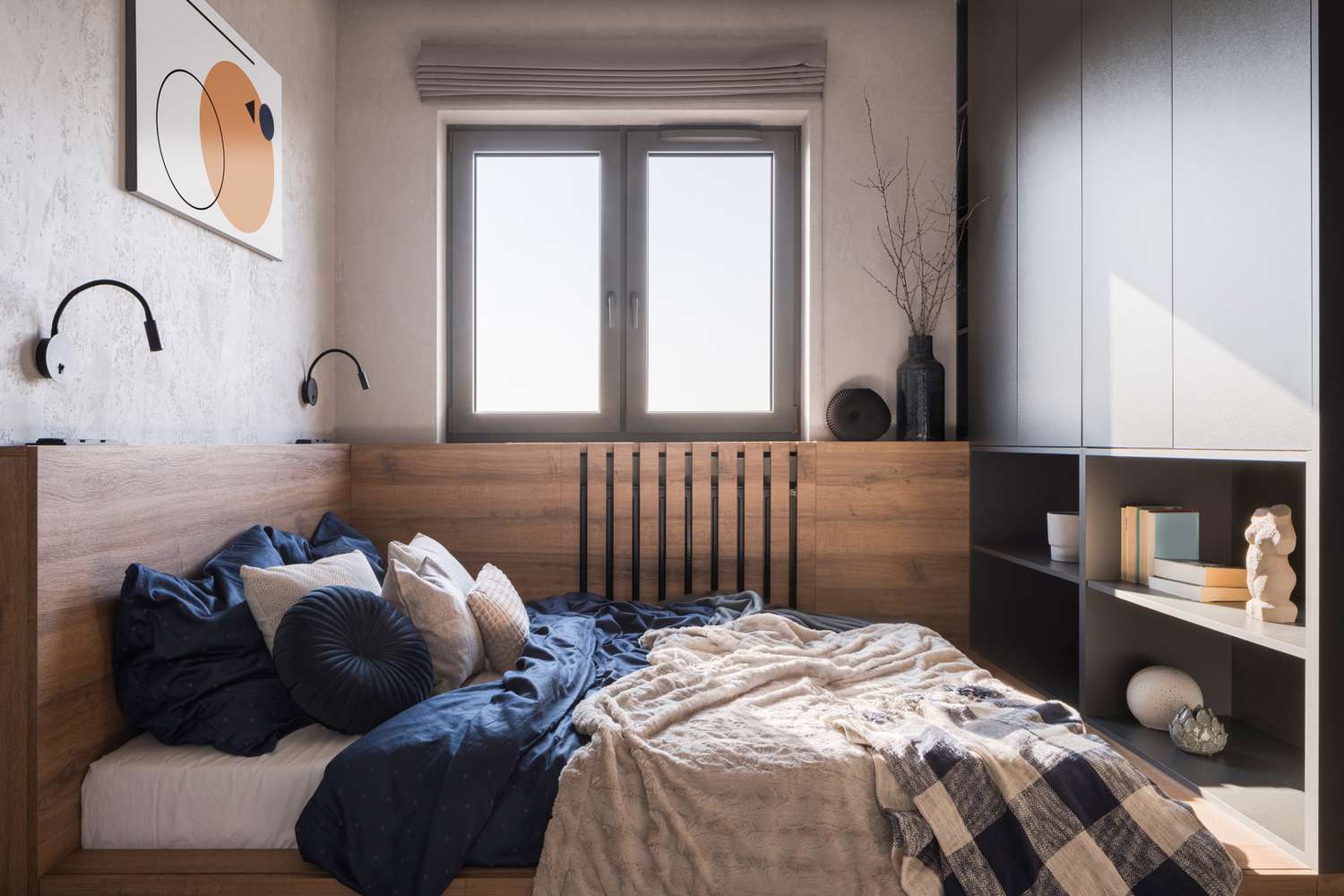

Interior Design
Small Room Ideas: 12 Best Decor Schemes For Small Rooms
Modified: October 28, 2024
Discover the top 12 interior design decor schemes for small rooms. Get inspired by our small room ideas to make the most of your space.
(Many of the links in this article redirect to a specific reviewed product. Your purchase of these products through affiliate links helps to generate commission for Storables.com, at no extra cost. Learn more)
Small Room Ideas: 12 Best Decor Schemes for Small Rooms
Decorating small rooms can be a challenge, but with the right ideas and design schemes, you can transform them into stylish and functional spaces. Whether you have a tiny bedroom, a cozy living room, or a compact home office, these 12 decor ideas will help maximize your space and create a visually appealing environment.
Key Takeaways:
- Embrace minimalistic design and neutral colors to create a sense of openness and tranquility in small rooms, maximizing space and allowing for easy customization with accent pieces.
- Utilize natural light, cozy textiles, and warm elements to create an inviting atmosphere in small rooms, fostering a sense of comfort and relaxation within limited space.
Read more: Small Space, Big Impact Powder Room Ideas
Neutral Colors and Minimalistic Design
Start by choosing a neutral color palette for your small room. Shades of white, beige, and light gray can make the space feel more open and airy. Combine this with a minimalistic design approach, focusing on clean lines and decluttered spaces. This will create a sense of calmness and make the room appear larger.
Mirrors to Create an Illusion of Space
Strategically placing mirrors in your small room can make a world of difference. Mirrors reflect light and create an illusion of depth, making the space feel more spacious. Hang a large mirror on a wall or place smaller mirrors across from windows to maximize the natural light and make your room appear bigger.
Multi-functional Furniture for Saving Space
Invest in multi-functional furniture that serves multiple purposes. Choose a sofa bed or a futon for your living room to have extra sleeping space for guests. Look for ottomans with hidden storage compartments or coffee tables with built-in shelves to maximize storage in your small room.
Clever Storage Solutions
Make use of clever storage solutions to keep your small room organized and free from clutter. Install floating shelves on the walls to display decorative items and store books. Opt for storage baskets that can slide under the bed or fit into small corners. Utilize vertical space with hanging organizers for clothes, shoes, and accessories.
Optimal Lighting Techniques
Proper lighting can create an illusion of space in a small room. Use a combination of ambient, task, and accent lighting. Install recessed lights or track lighting to evenly illuminate the room. Incorporate table lamps and floor lamps for additional lighting and to add a warm and cozy ambiance.
Vertical Space Utilization
Make use of vertical space in your small room. Install floor-to-ceiling bookshelves or cabinets to maximize storage. Hang curtains higher than the windows to create the illusion of height. Utilize wall-mounted hooks or pegboards for hanging coats, bags, or accessories.
Bold and Accent Walls
Add visual interest to your small room by incorporating a bold or accent wall. Paint one wall with a vibrant color or use wallpaper with a unique pattern to create a focal point. This will draw attention away from the limited space and make the room feel more stylish.
Use of Patterns and Textures
Add depth and visual appeal to your small room by incorporating patterns and textures. Use patterned throw pillows, rugs, or curtains to create visual interest. Incorporate textured wallpapers, cushions, or throws to add a cozy touch to your space.
Floating Shelves for Extra Storage
Floating shelves are a great solution for adding extra storage in a small room. Install them on empty walls to display decorative items, books, or plants. You can also use floating shelves in the bathroom to store towels and toiletries.
Strategic Placement of Furniture
Place your furniture strategically to maximize space in your small room. Opt for furniture with a smaller footprint and try to create an open flow in the room. Arrange seating areas in a way that encourages conversation and makes the room feel more spacious.
Utilizing Natural Light Sources
Take advantage of natural light sources in your small room. Avoid blocking windows with bulky furniture or heavy curtains. Use sheer curtains or blinds that can be easily opened to let in the natural light. This will make your room feel brighter and more open.
Creating a Cozy and Inviting Atmosphere
Lastly, create a cozy and inviting atmosphere in your small room. Add soft textures through rugs, cushions, and throws. Incorporate warm lighting, such as string lights or dimmable lamps, to create a relaxed ambiance. Introduce indoor plants to bring life and freshness to your space.
With these 12 decor schemes for small rooms, you can transform your compact space into a stylish and functional oasis. Remember to embrace simplicity, utilize storage solutions, and play with light and color to create the illusion of a larger room. Happy decorating!
Key Takeaways:
- Embrace minimalistic design and neutral colors to create a sense of openness and tranquility in small rooms, maximizing space and allowing for easy customization with accent pieces.
- Utilize natural light, cozy textiles, and warm elements to create an inviting atmosphere in small rooms, fostering a sense of comfort and relaxation within limited space.
Read more: Small Space, Big Impact Powder Room Ideas
Neutral Colors and Minimalistic Design
When it comes to decorating small rooms, one of the most effective strategies is to use neutral colors and embrace a minimalistic design approach. Neutral colors like whites, beiges, and light grays can create a sense of openness and airiness, making the room feel more spacious.
By keeping the color palette simple and understated, you allow the room to breathe and avoid overwhelming the space with too many visual elements. This minimalistic design approach focuses on clean lines and a clutter-free environment, which can help create a sense of calmness and tranquility.
When choosing furniture and decor, opt for pieces with sleek and simple designs. Avoid bulky and ornate furniture that can overwhelm the limited space. Instead, choose streamlined and multifunctional pieces that serve more than one purpose, such as a storage ottoman or a sofa bed.
Incorporating minimalistic design principles also means decluttering your small room. Get rid of unnecessary items and only keep what you truly need and love. Use storage solutions to keep your belongings organized and out of sight, such as baskets, bins, and floating shelves.
In addition to creating a sense of spaciousness, a neutral color palette and minimalistic design can also act as a blank canvas for you to add pops of color and personal touches. This allows you to easily change the look and feel of the room without overwhelming the space with too many contrasting elements.
For example, you can add accent pillows, throws, or artwork in vibrant colors or bold patterns to inject personality into the room. By keeping the overall design minimalistic, these accent pieces will stand out and make a statement.
The use of neutral colors and a minimalistic design approach in small rooms is not only visually appealing but also functional. It allows for better utilization of space and creates a serene and uncluttered environment. Whether you’re decorating a small bedroom, living room, or home office, embracing a neutral color palette and minimalistic design will help you make the most of your limited space.
Mirrors to Create an Illusion of Space
If you’re looking to make your small room feel bigger and more spacious, incorporating mirrors is an excellent design strategy. Mirrors have the unique ability to reflect light and create the illusion of depth, making a room appear larger than it actually is.
When it comes to placing mirrors in your small room, there are a few key techniques you can utilize to maximize their impact. One popular approach is to hang a large mirror on a wall opposite a window. This positioning allows the mirror to reflect natural light and bring it into the room, instantly brightening and opening up the space.
If you have limited wall space, another option is to incorporate mirrored furniture or accessories. A mirrored side table or dresser can add a touch of elegance to your small room while also visually expanding it. Additionally, mirrored closet doors or sliding wardrobe panels can create the illusion of a larger closet, making your room feel more spacious and organized.
For an even more dramatic effect, consider creating a gallery wall of mirrors. Mix and match different shapes and sizes to add visual interest and make a statement. The reflective surfaces will bounce light around the room and create an airy atmosphere.
In addition to their ability to create the illusion of space, mirrors can also be used strategically to highlight specific areas of your small room. Placing a mirror above a fireplace, behind a desk, or next to a piece of artwork can draw attention to these focal points and make them stand out.
When selecting mirrors for your small room, opt for frames that complement your overall design style. A minimalist frame in a neutral color can seamlessly blend into the room, while a decorative frame can add a touch of elegance and personality.
While mirrors are an effective tool for creating an illusion of space, it’s important not to overdo it. Too many mirrors can create a disorienting effect and make the room feel overwhelming. Choose your mirror placements strategically and consider how they interact with the existing elements in the room.
Incorporating mirrors into your small room design not only enhances the visual appeal, but it also makes the space feel brighter, bigger, and more open. Whether you choose a large statement mirror or a collection of smaller mirrors, the reflection and depth they create will transform your small room into a spacious and inviting oasis.
Multi-functional Furniture for Saving Space
When dealing with a small room, maximizing space is crucial. That’s where the beauty of multi-functional furniture comes in. Investing in pieces that serve multiple purposes not only saves space but also adds functionality and versatility to your small room.
One popular example of multi-functional furniture is a sofa bed or a futon. During the day, it’s a comfortable seating area for lounging or entertaining guests. But when night falls, it transforms into a cozy bed for overnight visitors. This eliminates the need for a separate guest room and saves valuable space in your small room.
Another space-saving option is a storage ottoman. These ottomans have a built-in storage compartment, providing a hidden space to store throws, blankets, or even extra pillows. Not only do they serve as a footrest or additional seating, but they also help keep your small room organized and clutter-free.
When it comes to dining areas, consider investing in a drop-leaf table or a extendable table. These tables can be expanded or folded down as needed, allowing you to save space when not in use. Additionally, look for dining chairs that can be stacked or folded to easily store them away when not needed.
In a small bedroom, a bed with built-in storage is a game-changer. Opt for a platform bed with drawers underneath or a bed that lifts up to reveal a spacious storage compartment. This allows you to store linens, clothing, or other belongings without the need for additional dressers or cabinets.
Desks with built-in shelving or drawers are also excellent multi-functional options for small home offices or study areas. They provide ample storage space for books, documents, and office supplies, while also providing a dedicated workspace.
When choosing multi-functional furniture, consider the design and aesthetics to ensure they fit seamlessly into your small room. Look for pieces that offer a clean and streamlined look, as bulky or overly ornate furniture can overpower the space.
Multi-functional furniture offers a practical and space-saving solution for small rooms. Whether you’re looking to optimize seating, sleeping, storage, or workspace, the versatility of these pieces ensures you can make the most of your limited space without compromising on style or functionality.
By incorporating multi-functional furniture in your small room, you can create a more efficient and organized space, allowing you to fully enjoy and utilize every square inch available.
Clever Storage Solutions
Storage is often a challenge in small rooms, where every inch of space counts. However, with some clever solutions, you can maximize storage and keep your small room organized and clutter-free.
One of the easiest and most efficient storage solutions is to utilize vertical space. Install floating shelves on the walls to display decorative items or store books. These shelves not only add functionality but also serve as decorative elements in your small room.
Another option is to make use of under-bed storage. Look for bed frames with built-in drawers or use storage containers that can slide under the bed. This is a great solution for storing extra linens, off-season clothing, or other items that you don’t use frequently.
Hanging organizers are also fantastic tools for small room storage. You can find various types, such as hanging shoe organizers or hanging fabric compartments. These can be hung on the back of doors or in closets, allowing you to make use of often overlooked spaces.
Utilize the space behind doors by installing hooks or racks. These can be used to hang coats, bags, or other accessories. You can also attach a magnetic strip to the back of the door to store and organize small metal items like hairpins or keys.
Make use of furniture with built-in storage compartments. Choose ottomans or coffee tables with hidden storage space, where you can keep blankets, board games, or other items you want to keep out of sight. Look for TV stands or media consoles that have shelves or drawers to store electronic devices, movies, or gaming equipment.
Think creatively about storage solutions for small rooms. For example, if you have a small nook or unused corner, consider installing floating corner shelves. These can be an ideal spot for displaying small decor items or storing toiletries in the bathroom.
Don’t forget about utilizing the space under the stairs, if applicable. Install custom-built shelves or cabinets for storing books, shoes, or other items. This is an often underutilized area that can add valuable storage space to your small room.
Lastly, decluttering is an essential part of effective small room storage. Regularly assess your belongings and eliminate items that you no longer need or use. By keeping your space free from unnecessary clutter, you’ll have more room for the things that matter and make the most of your available storage solutions.
Clever storage solutions in small rooms can transform your space from chaotic to organized. With a combination of vertical storage, under-bed storage, hanging organizers, and furniture with built-in compartments, you can create a streamlined and functional environment that maximizes every inch of your small room.
Optimal Lighting Techniques
Lighting plays a crucial role in how a small room looks and feels. With the right lighting techniques, you can make your small room appear more spacious, bright, and inviting. Here are some optimal lighting strategies to consider for your small room:
1. Maximize Natural Light: If your small room has windows, make the most of natural light. Avoid blocking windows with heavy curtains or furniture. Instead, opt for sheer curtains or blinds that allow light to filter in while maintaining privacy. Keep windows clean to ensure maximum sunlight enters the room.
2. Layered Lighting: Incorporate a combination of different light sources to create a layered lighting effect. Use a mix of ambient lighting, task lighting, and accent lighting to add depth and dimension to your small room. This method allows you to adjust the lighting according to your needs and create various moods.
3. Recessed Lighting: Recessed lights are an excellent choice for small rooms as they provide a sleek and unobtrusive lighting option. Install recessed lights in the ceiling to provide general illumination evenly throughout the space. They can make a room feel more open and spacious compared to bulky light fixtures.
4. Mirrors and Lighting: Combine mirrors with lighting to amplify the effect of light in your small room. Position mirrors strategically opposite light sources or near recessed lights to reflect and spread the light further. Mirrors not only enhance the brightness but also create an illusion of more space.
5. Task Lighting: In small rooms where specific tasks are performed, such as reading or working, incorporate task lighting. Use desk lamps, floor lamps, or adjustable wall-mounted lights to provide focused lighting in these areas. This ensures that you have ample lighting without overwhelming the entire room.
6. Smart Lighting Controls: Consider installing smart lighting controls in your small room. These systems allow you to adjust the intensity, color temperature, and even automate lighting schedules. Smart controls provide flexibility and convenience, allowing you to create the perfect lighting atmosphere for any occasion.
7. Wall Sconces: Wall sconces are an excellent lighting option for small rooms, especially if you’re short on floor or table space. Install them on walls to provide both ambient and accent lighting. Wall sconces come in a variety of styles, allowing you to choose one that complements your room’s decor.
8. Light Color Palette: Consider the color temperature of the light bulbs you use in your small room. Opt for bulbs with a cooler (bluish) color temperature, such as daylight or cool white, to create a more vibrant and energetic atmosphere. Warmer color temperatures (yellowish) can create a cozy and intimate ambiance.
Remember to experiment with different lighting combinations and intensities to find the right balance for your small room. Pay attention to shadows and dark corners, and add additional lighting sources to ensure the space is well-lit.
By employing optimal lighting techniques in your small room, you can transform the space and make it feel larger, brighter, and more inviting. The right lighting not only enhances the overall aesthetic but also contributes to the functionality and atmosphere of your small room.
Vertical Space Utilization
In small rooms, every square inch matters. One effective way to maximize space is by utilizing the often-overlooked vertical space. By utilizing the vertical dimension of your room, you can create additional storage, display opportunities, and a sense of spaciousness. Here are some strategies for making the most out of your vertical space:
1. Floor-to-Ceiling Storage: Install floor-to-ceiling shelves or cabinets to take advantage of the entire wall height. This provides ample storage for books, decorations, or any items you want to keep within reach. By utilizing vertical storage, you free up valuable floor space and keep your small room more organized.
2. Overhead Storage: Hang shelves or wire baskets from the ceiling to keep items that are used less frequently. This can be particularly useful in kitchens and garages where you can store items like pots and pans or sports equipment. Overhead storage options are not only functional but also keep clutter off the floor and out of sight.
3. Wall-Mounted Hooks and Racks: Install wall-mounted hooks and racks to hang items like coats, hats, bags, or even bicycles. By using vertical wall space, you can keep your floor clear and make use of otherwise unused areas. Consider installing hooks behind doors or in narrow passages to optimize storage opportunities.
4. Hanging Planters: Incorporate hanging planters or floating shelves to add greenery to your small room. Hanging plants not only bring life and freshness but also utilize the vertical space, freeing up valuable tabletop or floor space. Opt for trailing plants or vines to create an aesthetically pleasing display in your small room.
5. Wall-Mounted Desks and Folding Tables: Save space in your small room by using wall-mounted desks or folding tables. These options can be easily folded up and out of the way when not in use, providing a functional workspace without taking up valuable floor space. Ideal for small home offices or study areas.
6. Vertical Dividers and Room Dividers: Use vertical dividers or room dividers to create functional zones in your small room. These dividers can serve as storage shelves, display areas, or even as a visual separation between different parts of the room. Additionally, they provide an opportunity to showcase decorative items or personal collections.
7. Built-In Shelving: Consider custom-built built-in shelving units that can be tailored to fit the specific dimensions of your small room. Built-in shelves seamlessly blend into the walls and create a sleek and customized look. They provide ample storage and display opportunities for books, decor, and personal items.
Remember to balance functionality and aesthetics when utilizing vertical space. Opt for storage solutions and decor pieces that complement your room’s style and enhance the overall ambiance. By utilizing vertical space effectively, you can make your small room feel more organized, spacious, and visually interesting.
Maximizing vertical space is a smart design strategy for small rooms. Whether you’re looking to add storage, create a stylish display, or simply make the room feel more open, utilizing the vertical dimension is an effective solution. Embrace the height of your room and explore the creative possibilities that vertical space has to offer.
Bold and Accent Walls
Add a touch of personality and visual interest to your small room by incorporating a bold or accent wall. By choosing a focal point and applying a different color or adding unique patterns or textures to a single wall, you can create a stunning statement that transforms the entire space. Here’s how you can leverage bold and accent walls in your small room:
1. Selecting the Right Wall: Identify a wall in your small room that can serve as a focal point. This is typically the wall that draws the most attention or the first wall you see when entering the room. The chosen wall should have minimal distractions and be a suitable canvas for your desired design elements.
2. Vibrant Colors: Opt for vibrant and eye-catching colors to make your bold or accent wall stand out. Choose colors that complement the overall color scheme of the room while providing a striking contrast. Rich blues, deep greens, or dramatic reds can create a sense of depth and add a unique character to your small room.
3. Patterns and Textures: Experiment with patterns and textures to make your bold wall even more captivating. Consider using geometric patterns, textured wallpapers, or even a mural to add depth and visual interest. Stripes, chevron, or floral designs can create a dynamic look that enhances the overall aesthetic of your small room.
4. Softened Accent Walls: If you prefer a more subtle approach, explore softer accent walls. Instead of bold colors, opt for lighter shades or pastel tones that still create contrast but in a more gentle way. These softer accent walls can help create a sense of openness and airiness in a small room.
5. Functional Accent Walls: Accent walls aren’t just about color and patterns; they can also serve a functional purpose. Consider incorporating built-in shelves or storage units into your accent wall to provide a practical and stylish solution for displaying books, decor items, or personal collections. This not only adds visual interest but also maximizes storage in a small room.
6. Gallery Wall: If you prefer a more eclectic and personalized touch, create a gallery wall on your chosen wall. Mix and match artwork, photographs, and decorative elements to create a visually stunning and unique display. This allows you to showcase your creativity while adding a point of focus to your small room.
7. Statement Wall Decor: In addition to paint or wallpaper, consider using striking wall decor to create your bold or accent wall. Hang a large statement mirror, an oversized piece of artwork, or a decorative tapestry. These elements can become the centerpiece of your small room, drawing attention and adding personality.
Remember, when incorporating bold or accent walls in a small room, it’s important to strike a balance. Choose one wall as the focal point to avoid overwhelming the space. Additionally, consider the overall flow and design of the room to ensure that the bold or accent wall complements the existing elements.
By embracing bold and accent walls, you can transform your small room into a captivating and visually appealing space. Whether you choose vibrant colors, textured wallpapers, or unique wall decor, these statement walls will add personality, depth, and style to your small room.
Use of Patterns and Textures
Patterns and textures are powerful design elements that can add depth, visual interest, and personality to your small room. By incorporating different patterns and textures, you can create a dynamic and inviting space. Here’s how you can effectively use patterns and textures in your small room:
1. Mix and Match: Don’t be afraid to mix different patterns and textures in your small room. Experiment with combinations of stripes, geometrics, florals, and solids to create a visually engaging environment. Play with different scales of patterns to add depth and dimension to the space.
2. Feature Wall: Use patterned wallpaper or textured paint to create a feature wall in your small room. This focal point can add a bold and stylish element to the space. Choose a design that complements the overall color scheme and style of the room. A feature wall can instantly transform a small room and make a statement.
3. Upholstery and Fabrics: Incorporate patterned upholstery and fabrics in your small room. Consider using patterned curtains, throw pillows, or area rugs to add pops of color and visual interest. Mix florals, stripes, and geometric prints for a lively and eclectic look. Ensure that the patterns and textures you choose harmonize with the rest of the room’s design elements.
4. Texture through Materials: Include different textures through the materials used in your small room. Incorporate textured wallpapers, woven baskets, or natural fiber rugs to add depth and tactile interest. Introduce wooden furniture or accessories to bring warmth and texture to the space. The combination of different textures adds dimension and richness to your small room.
5. Wallpaper Borders or Molding: If you prefer a subtle approach, consider using wallpaper borders or installing decorative molding to incorporate patterns into your small room. Wallpaper borders can be used to define different areas, such as between the wall and ceiling or above a chair rail. Decorative molding can add texture and visual interest to walls.
6. Statement Pieces: Use furniture or decor pieces with unique patterns or textures as focal points in your small room. Choose a patterned armchair, a textured ottoman, or a statement wallpapered cupboard to add personality and visual intrigue. These statement pieces can become conversation starters and anchor the design of your small room.
7. Layering Textures: Layering textures can create a cozy and inviting atmosphere in your small room. Combine soft fabrics, such as plush cushions or faux fur throws, with rough textures like exposed brick or distressed wood. This interplay of textures adds depth and creates a tactile experience.
8. Accent Accessories: Use patterned and textured accessories strategically throughout your small room. Incorporate patterned lampshades, decorative trays, or sculptural statement pieces. These accessories can add subtle visual interest and tie together different design elements.
Ensure that patterns and textures are balanced in your small room. Too many conflicting patterns and textures can create visual chaos. Aim for a cohesive and harmonious mix that enhances the overall design of the space.
By incorporating carefully chosen patterns and textures, you can transform your small room into a visually captivating and inviting space. Whether it’s through wallpaper, textiles, statement pieces, or layering different textures, these design elements add depth, visual interest, and personality to your small room.
Floating Shelves for Extra Storage
Incorporating floating shelves is a smart and stylish solution for adding extra storage space to your small room. By utilizing vertical wall space, floating shelves offer a functional storage solution while also enhancing the aesthetic appeal of the room. Here’s how you can make the most of floating shelves in your small room:
1. Utilize Empty Walls: Install floating shelves on empty walls to make the most of vertical space. This includes areas above desks, sofas, or beds, as well as empty corners or niches. These previously unused areas can now serve as practical storage and display space.
2. Display Decorative Items: Floating shelves provide an opportunity to showcase decorative items, such as artwork, picture frames, plants, or collectibles. Arrange them in an aesthetically pleasing way to add personality and visual interest to your small room.
3. Store Books and Magazines: Floating shelves are ideal for storing books and magazines in a small room. Arrange them neatly on the shelves, either vertically or horizontally, depending on the available space and your preferred aesthetic. This keeps your reading material easily accessible while freeing up surface areas in your small room.
4. Organize Essentials: Use floating shelves to organize everyday essentials in your small room. Items like keys, wallets, sunglasses, or small accessories can be stored in decorative containers or baskets on the shelves. This keeps your essentials within reach while maintaining a clutter-free environment.
5. Create a Mini Home Office: If you use your small room as a home office or study area, floating shelves can help you create a compact workspace. Install a floating shelf at the appropriate height to serve as a desk or workstation. Pair it with a chair and some storage containers to keep your office supplies organized and easily accessible.
6. Kitchen Storage: Floating shelves are not limited to living spaces; they can also be utilized in kitchens. Install them in small kitchens to store dishes, cups, or small appliances to free up valuable cabinet space. Displaying colorful kitchenware can also add a visually appealing element to your small kitchen.
7. Bathroom Organization: Make use of floating shelves in your small bathroom to maximize storage. Install them near the sink to hold toiletries, cosmetics, or towels. This keeps your bathroom essentials organized and prevents cluttered countertops.
8. Children’s Room Storage: Floating shelves are not just for adults; they can also be a practical solution for children’s rooms. Install them at a height accessible to your child to store books, toys, or decorative items. This not only provides easy access to their belongings but also teaches organization skills from a young age.
Remember to balance functionality and aesthetics when styling your floating shelves. Arrange items in an intentional and visually pleasing manner, incorporating a mix of decorative pieces and practical storage. Furthermore, avoid overcrowding the shelves to maintain an organized and visually appealing display.
With the versatility and style offered by floating shelves, you can effectively create extra storage while adding a decorative touch to your small room. By utilizing vertical wall space, you optimize the use of your limited floor area, keeping your small room organized and clutter-free.
Strategic Placement of Furniture
The strategic placement of furniture is essential in maximizing space and creating an optimal layout in your small room. By carefully considering the placement of each piece of furniture, you can improve functionality, enhance visual flow, and make your small room feel more spacious. Here are some tips for strategically placing furniture in your small room:
1. Measure and Plan: Before moving or purchasing furniture, measure the dimensions of your room. This will help you determine the appropriate size and scale of furniture that will fit comfortably in the space. Consider creating a floor plan to visualize different furniture arrangements and determine the best placement.
2. Utilize Walls: Push furniture against walls to maximize floor space and create an open flow in your small room. For example, place the back of sofas or beds against the wall, leaving enough space for easy movement around the room. This opens up the center of the room, making it feel more spacious.
3. Create Zones: Divide your small room into functional zones to make the most of the available space. For example, separate a living area from a dining area or create a distinct workspace within a multi-purpose room. Use furniture placement, rugs, or room dividers to visually define each zone.
4. Multifunctional Pieces: Consider using furniture that serves multiple purposes to make the most of your small room’s layout. For instance, choose a sofa that can also function as a sleeper or a coffee table with built-in storage. This allows you to maximize functionality while minimizing the number of furniture pieces.
5. Scale and Proportion: Opt for furniture that is appropriately sized for your small room. Avoid oversized furniture that will make the space feel cramped. Instead, choose smaller-scale pieces that offer comfort without overwhelming the room. This helps maintain a balanced and proportional look in your small room.
6. Open Base Furniture: When selecting furniture, keep an eye out for pieces with open bases, such as leggy chairs or tables. These create a sense of openness as they allow light to pass through, giving the illusion of more space. Additionally, they make the room easier to clean by visually reducing the amount of visual clutter.
7. Consider Traffic Flow: Take into account the natural flow of foot traffic in your small room. Arrange furniture in a way that allows for easy movement throughout the space without obstruction. Avoid placing furniture in pathways or blocking entryways to ensure a smooth and functional traffic flow.
8. Wall-Mounted or Floating Furniture: Consider wall-mounted or floating furniture options to free up floor space in your small room. Install floating shelves, wall-mounted desks, or cabinets to provide storage solutions without taking up valuable square footage. This creates a visually open and spacious feel.
9. Visual Balance: Achieve visual balance in your small room by distributing furniture weight across the space. Avoid clustering all furniture on one side of the room, as it can make the room feel lopsided. Instead, distribute furniture evenly to create a harmonious and balanced look.
10. Experiment and Adjust: Don’t be afraid to experiment with different furniture arrangements in your small room. Sometimes, a slight adjustment or a different layout can significantly impact the functionality and visual appeal of the space. Stay open to trying different arrangements until you find the one that works best for your needs.
Strategically placing furniture in your small room is crucial in optimizing the space and creating a comfortable and functional environment. By considering factors such as scale, flow, and multi-functionality, you can transform your small room into a well-organized and visually appealing space that maximizes every square inch.
Utilizing Natural Light Sources
Natural light is a valuable asset in any room, especially in small spaces where it can make a significant difference in creating a bright, open, and inviting atmosphere. By maximizing natural light sources, you can make your small room feel more spacious and enhance its overall aesthetic. Here are some ways to effectively utilize natural light in your small room:
1. Window Treatments: Opt for sheer or lightweight curtains that allow natural light to filter into your small room while still providing privacy. Avoid heavy drapes or window coverings that block out light and make the space feel closed off. Use tiebacks or curtain rods that extend beyond the window frame to let in the maximum amount of natural light.
2. Clear Window Space: Ensure that the area in front of windows is free from obstructions. Keep furniture, decor, and any tall items away from windows to allow the natural light to penetrate the room. This creates a clear line of sight and maximizes the amount of light entering your small room.
3. Mirror Placement: Strategically place mirrors across from windows to reflect and amplify natural light. Mirrors can effectively bounce light around the room, making it feel brighter and more spacious. Experiment with different sizes and positions to find the optimal placement that maximizes the light reflection.
4. Light-Colored Walls: Choose light-colored wall paints or wallpapers to help reflect natural light and brighten up your small room. Lighter shades like whites, creams, and pastels have a reflective quality that can make the space feel airy and open. Avoid dark or intense colors that absorb light and create a more confined atmosphere.
5. Minimal Window Coverings: Consider forgoing window coverings altogether, especially if privacy is not a major concern. This allows natural light to flood the room without any potential hindrance. However, if privacy is necessary, opt for minimalistic blinds or shades that can be easily opened and closed.
6. Trim Back Outdoor Foliage: If your small room overlooks greenery or trees, trim back any foliage that may obstruct the natural light from entering your room. This helps maximize the amount of sunlight streaming in and keeps the space bright and well-lit.
7. Light-Reflective Surfaces: Incorporate light-reflective surfaces, such as glossy or mirrored furniture, shiny metal accents, or glass accessories. These surfaces bounce natural light around the room and contribute to a more illuminated and spacious feel.
8. Avoid Blocking Natural Light: Arrange furniture in a way that does not block natural light sources such as windows. Position larger items like sofas and bookshelves away from windows or use low-profile furniture so that the light can flow freely through the room.
9. Prune Overhanging Outdoor Objects: Trim any overhanging branches, awnings, or structures that may cast shadows or block natural light from entering your small room. This will ensure that the maximum amount of light is able to penetrate your space.
10. Keep Windows Clean: Regularly clean your windows to remove dirt, dust, and grime that can obstruct natural light. Clear windows allow more light to pass through, making your small room feel brighter and more welcoming.
By utilizing natural light sources, you can create a vibrant and welcoming atmosphere in your small room. By incorporating these strategies, such as using light-colored walls, strategic mirror placement, and keeping windows clear, you can maximize the natural light available and transform your small room into a refreshing and spacious retreat.
Creating a Cozy and Inviting Atmosphere
Creating a cozy and inviting atmosphere in your small room is essential for making it a comfortable and welcoming space. Despite the limited size, you can enhance the ambiance by incorporating warm and inviting elements. Here are some tips to create a cozy and inviting atmosphere in your small room:
1. Soft Textiles: Introduce soft textiles like plush rugs, cozy throws, and comfortable cushions to add warmth and texture to your small room. These soft elements create a cozy and inviting feel, making it a perfect place to snuggle up and relax.
2. Warm Lighting: Opt for warm and soft lighting to create a soothing ambiance in your small room. Use a combination of ambient, task, and accent lighting to create layers of illumination. Consider using dimmable lights or adding warm-colored light bulbs to create a cozy and relaxing atmosphere.
3. Natural Elements: Incorporate natural elements like indoor plants, wood furniture, or stone accents to bring a touch of nature into your small room. Plants not only add freshness but also contribute to a calming environment. Wood furniture and natural textures create a warm and earthy feel, enhancing the cozy atmosphere.
4. Aromatherapy: Surround your small room with pleasing scents to add to its inviting atmosphere. Use scented candles, essential oil diffusers, or potpourri to infuse a calming or comforting fragrance. Scents like lavender, vanilla, or citrus can help create a soothing ambiance.
5. Intimate Seating Areas: Arrange your furniture in a way that creates intimate seating areas in your small room. Instead of pushing all furniture against the walls, bring pieces closer together to encourage conversation and connection. Group chairs or create a cozy reading corner with a comfortable chair and a small side table.
6. Personal Touches: Incorporate personal touches that reflect your style and interests. Display photographs, artwork, or sentimental objects that evoke positive emotions and memories. These personal touches make your small room feel more inviting and uniquely yours.
7. Layered Window Treatments: Enhance the cozy atmosphere in your small room by layering window treatments. Combine sheer curtains with heavier drapes or add blinds for privacy and light control. This layering effect creates a cozy and luxurious feel while also allowing you to adjust the level of natural light entering the room.
8. Fireplace Ambiance: If you have a fireplace, use it to create a warm and cozy focal point in your small room. Even if it’s not functional, you can still decorate the mantle with candles, fairy lights, or decorative logs to create a cozy ambiance reminiscent of a fireside retreat.
9. Soft Colors and Warm Tones: Incorporate soft colors and warm tones into your small room’s color palette. Shades of beige, warm browns, or serene blues can create a calming and welcoming atmosphere. Choose colors that evoke a sense of comfort and coziness.
10. Quiet Nooks: Create a quiet and peaceful nook in your small room for relaxation. Dedicate a corner with a comfortable chair, soft lighting, and a small side table. This little retreat can be a perfect spot for reading, meditating, or simply unwinding after a long day.
With these tips, you can transform your small room into a cozy and inviting space. By incorporating soft textiles, warm lighting, natural elements, personal touches, and creating intimate seating areas, you’ll be able to create an atmosphere that makes you and your guests feel instantly at home.
Frequently Asked Questions about Small Room Ideas: 12 Best Decor Schemes For Small Rooms
Was this page helpful?
At Storables.com, we guarantee accurate and reliable information. Our content, validated by Expert Board Contributors, is crafted following stringent Editorial Policies. We're committed to providing you with well-researched, expert-backed insights for all your informational needs.
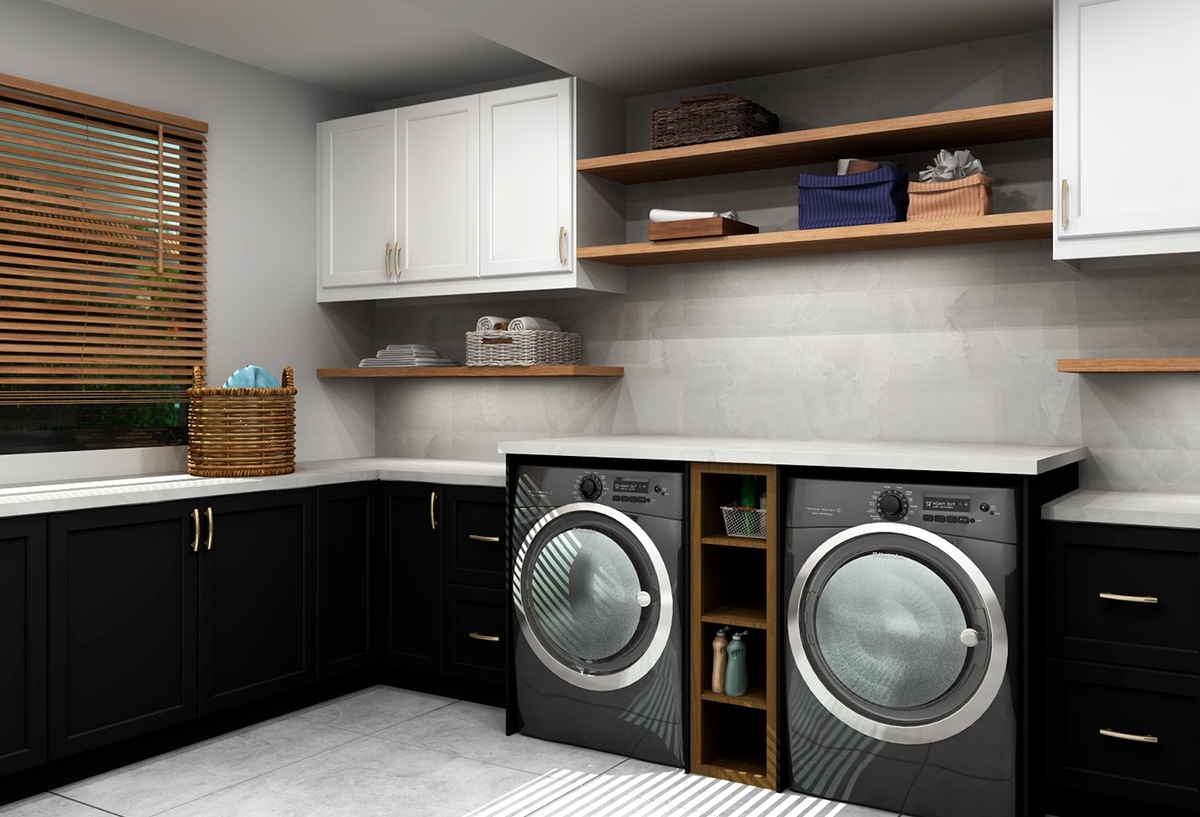
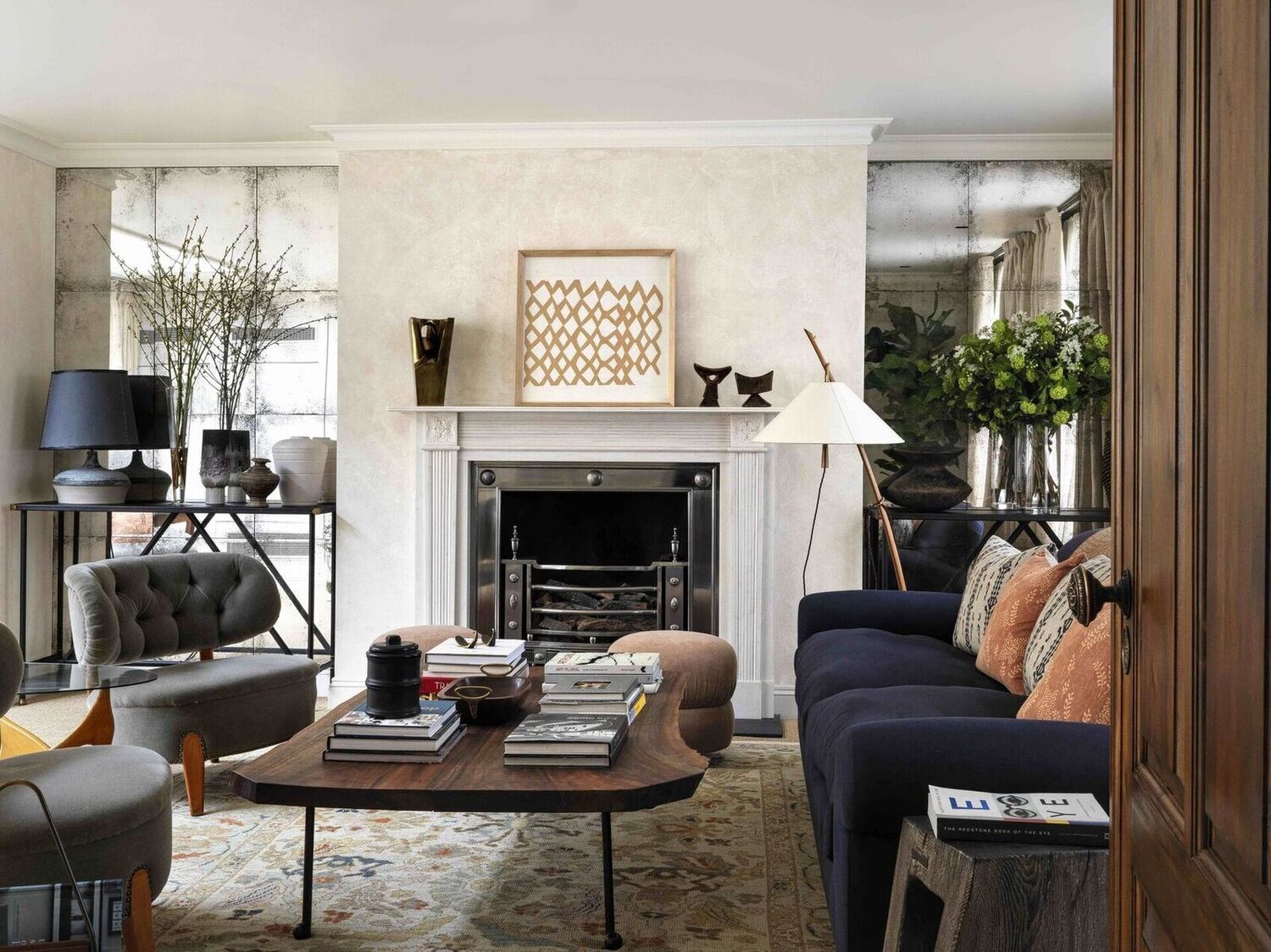
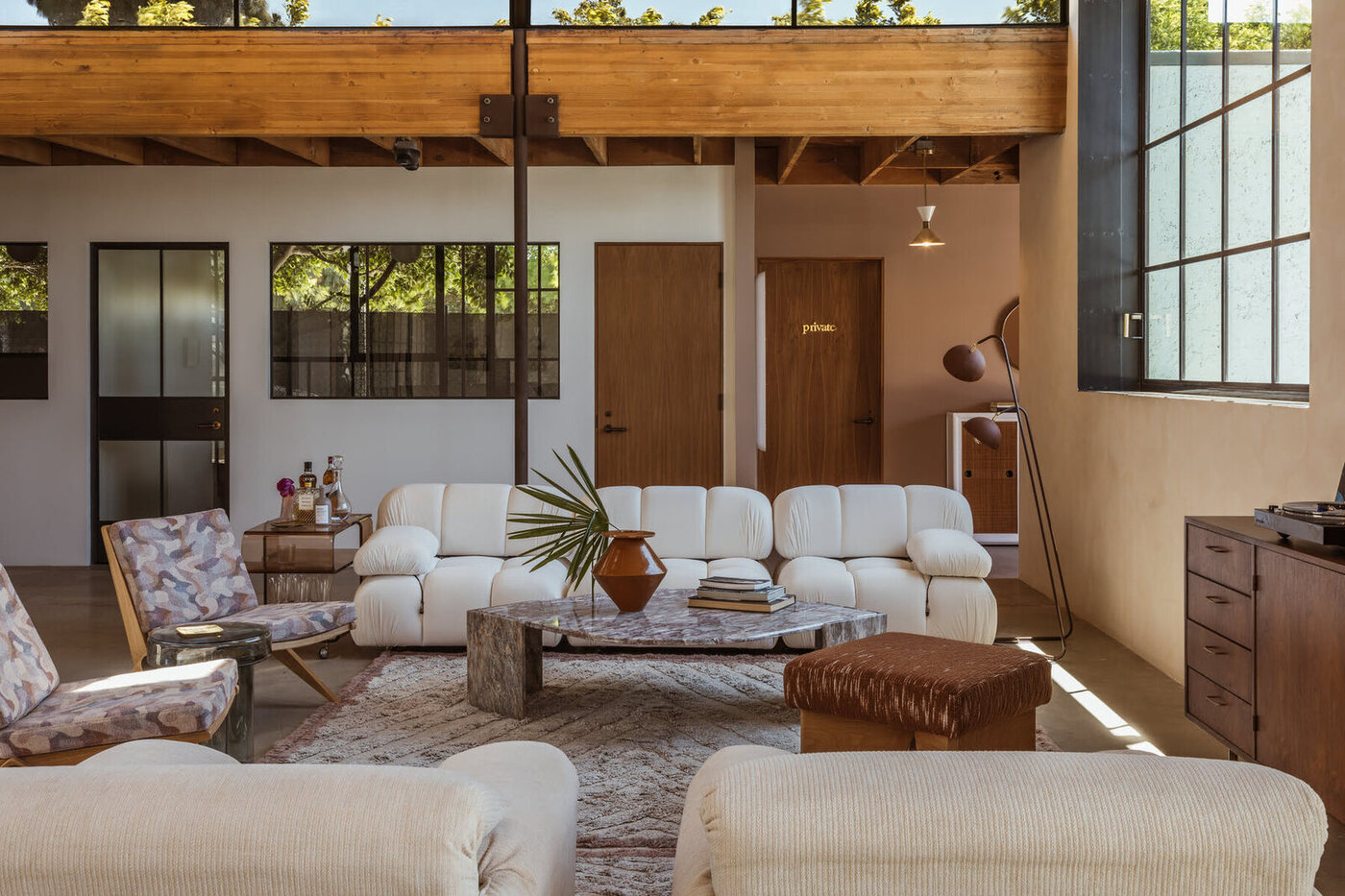
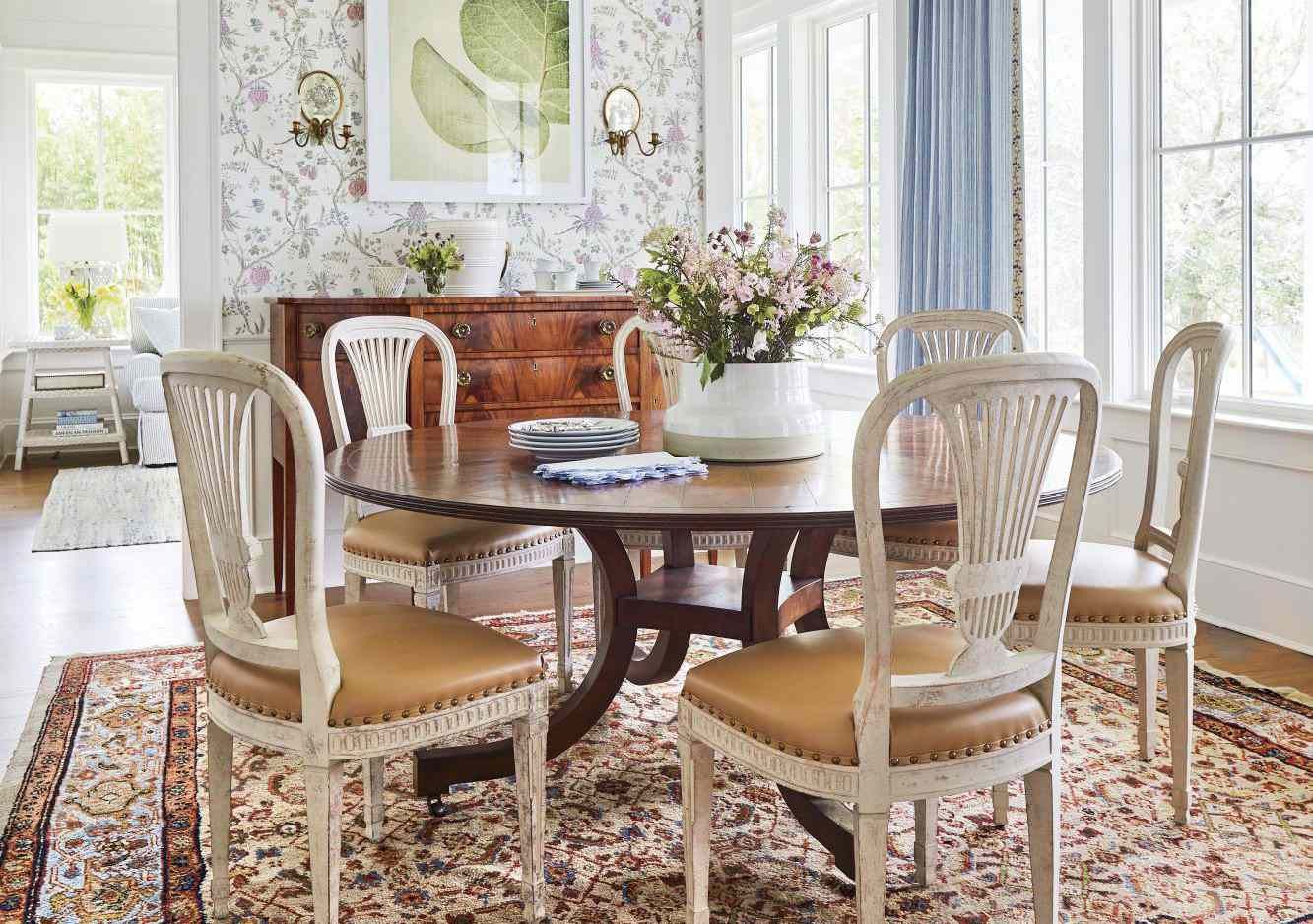
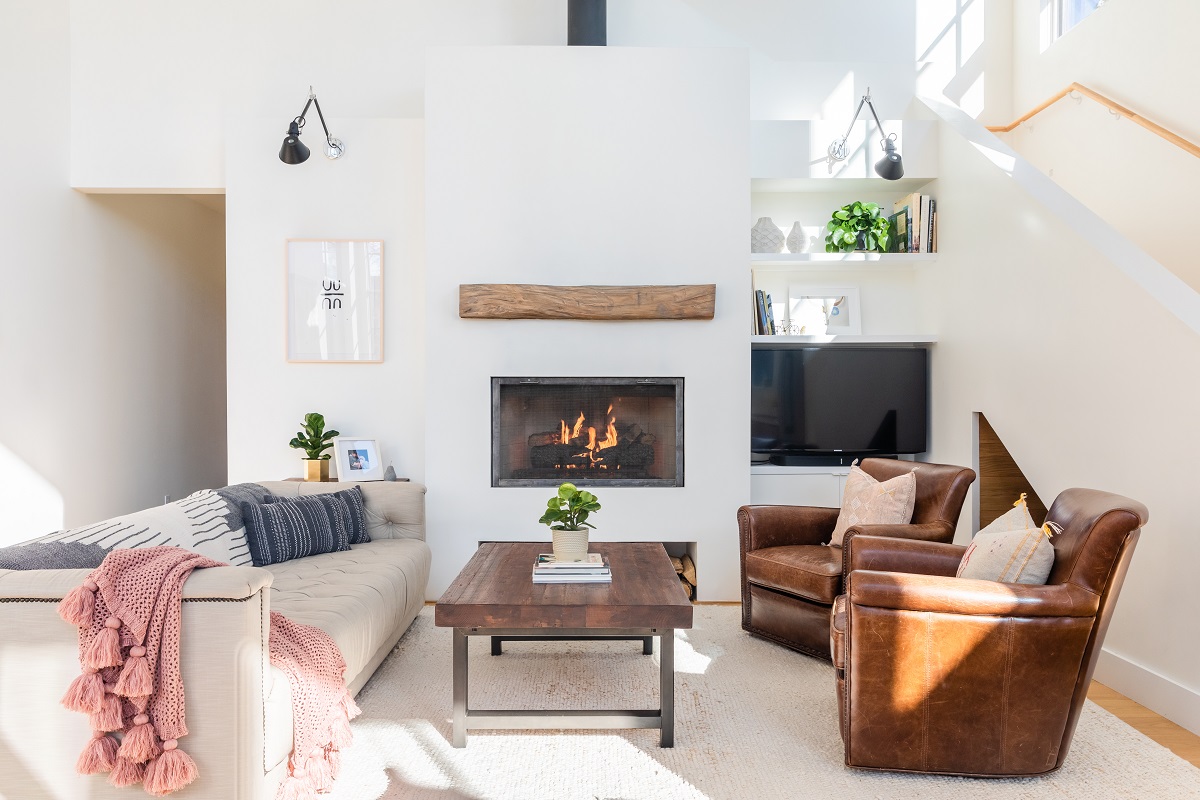
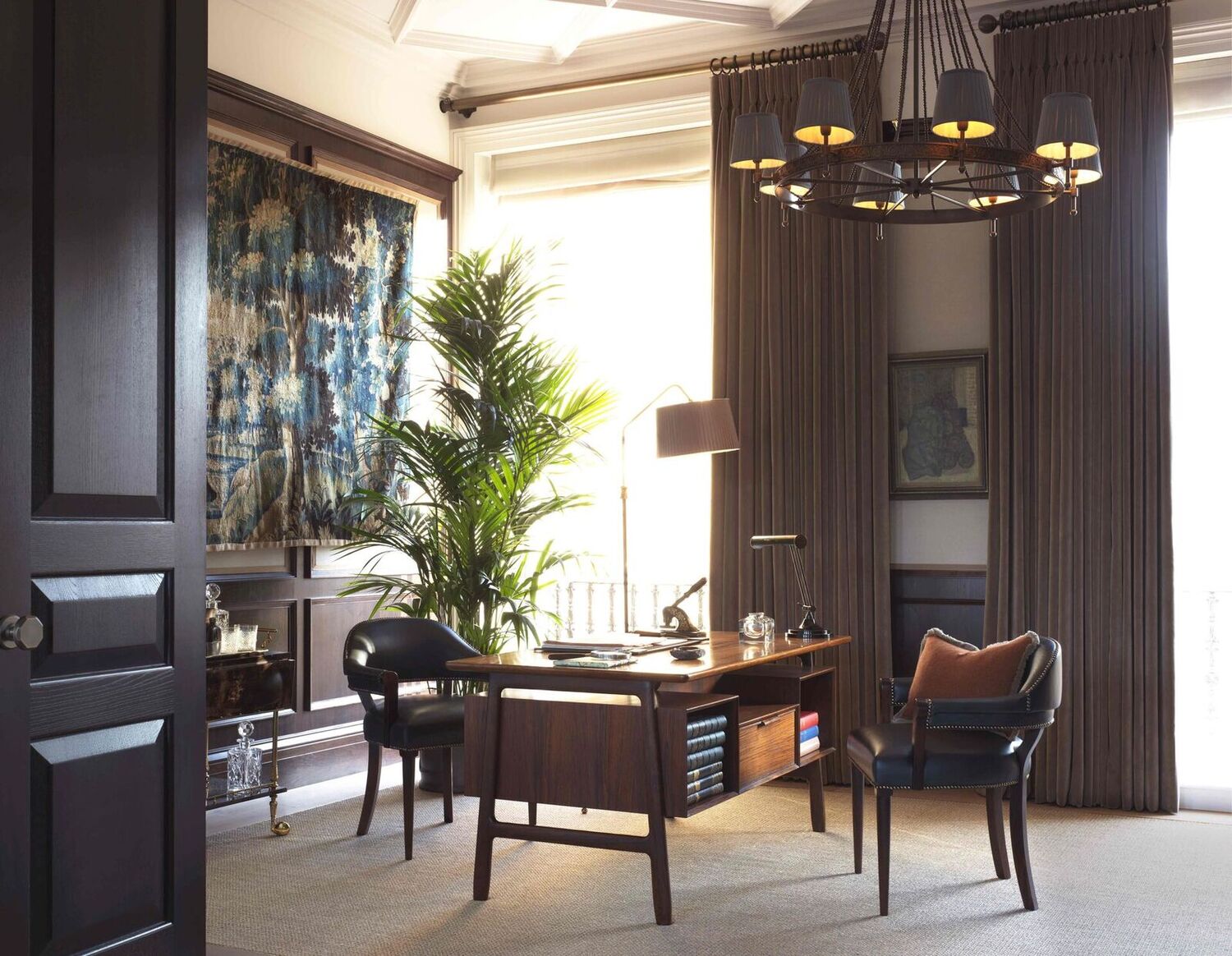
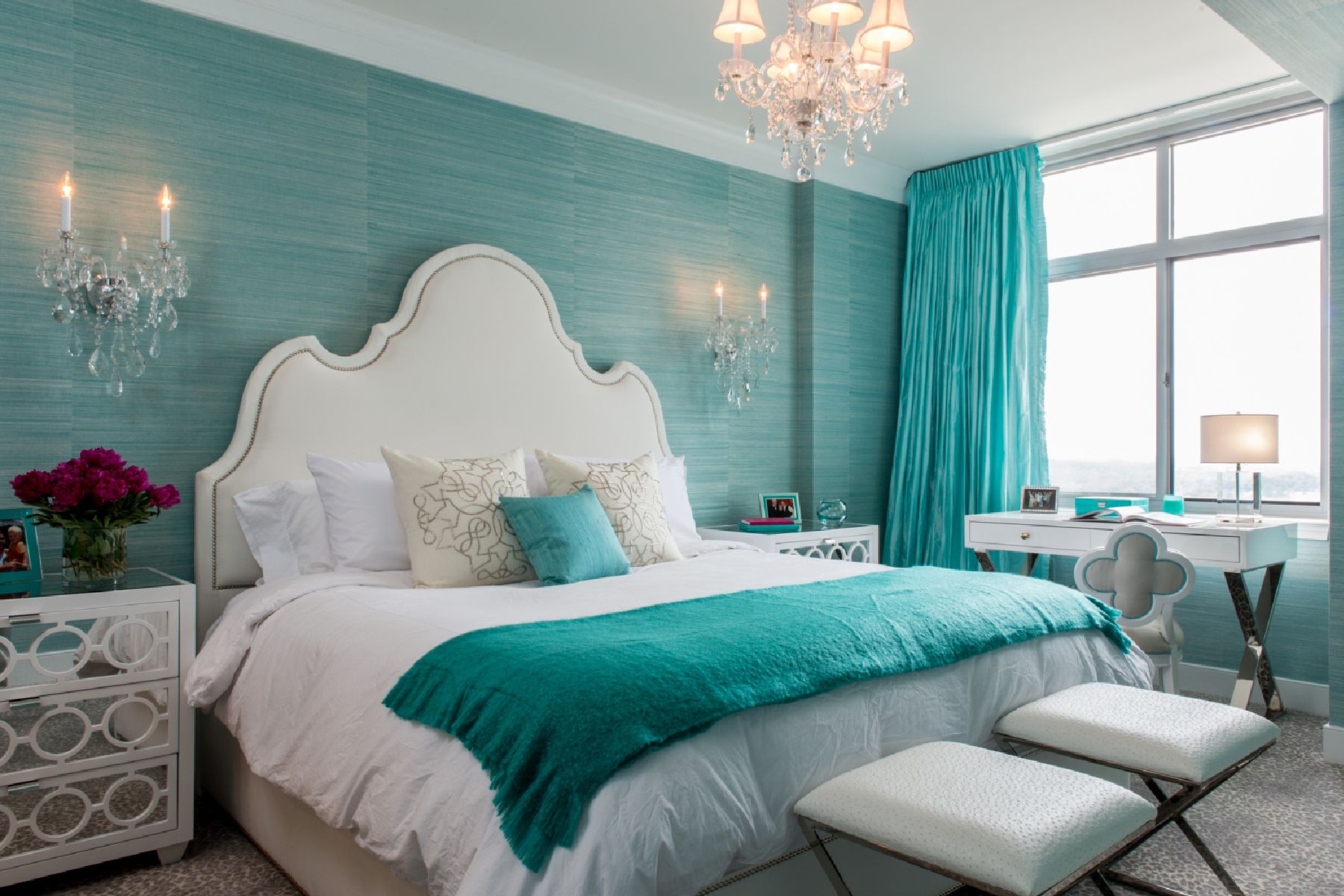
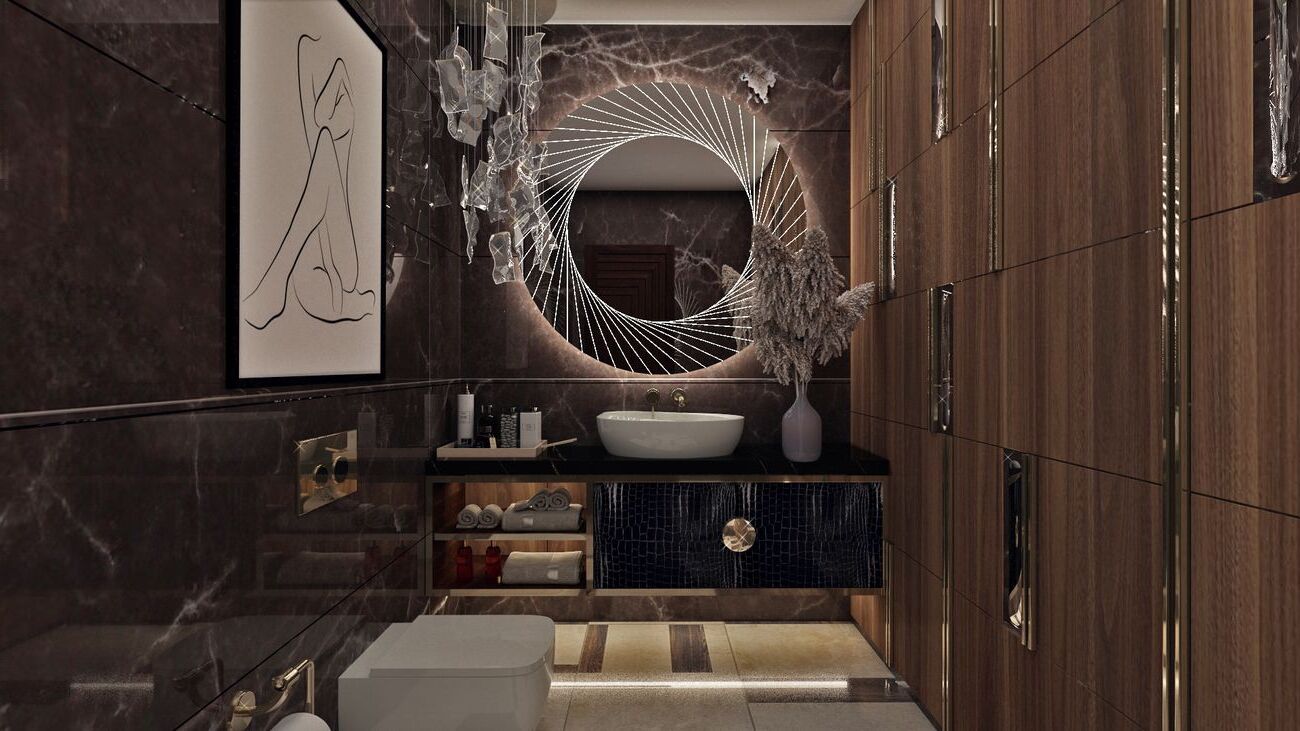
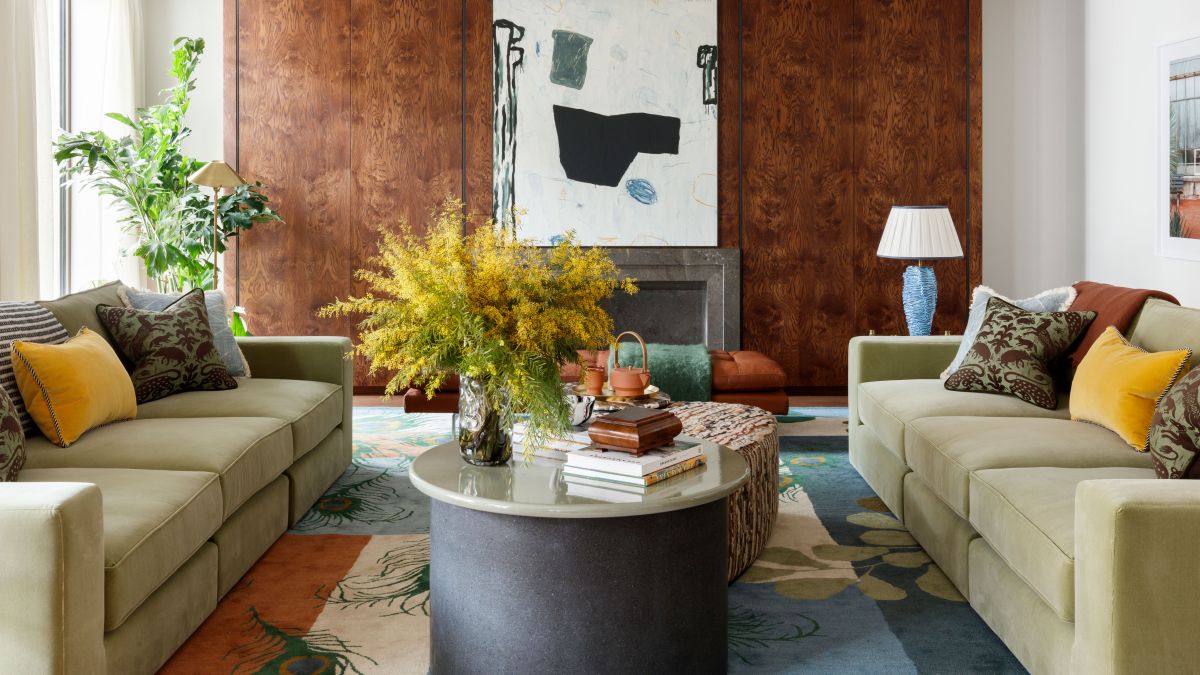
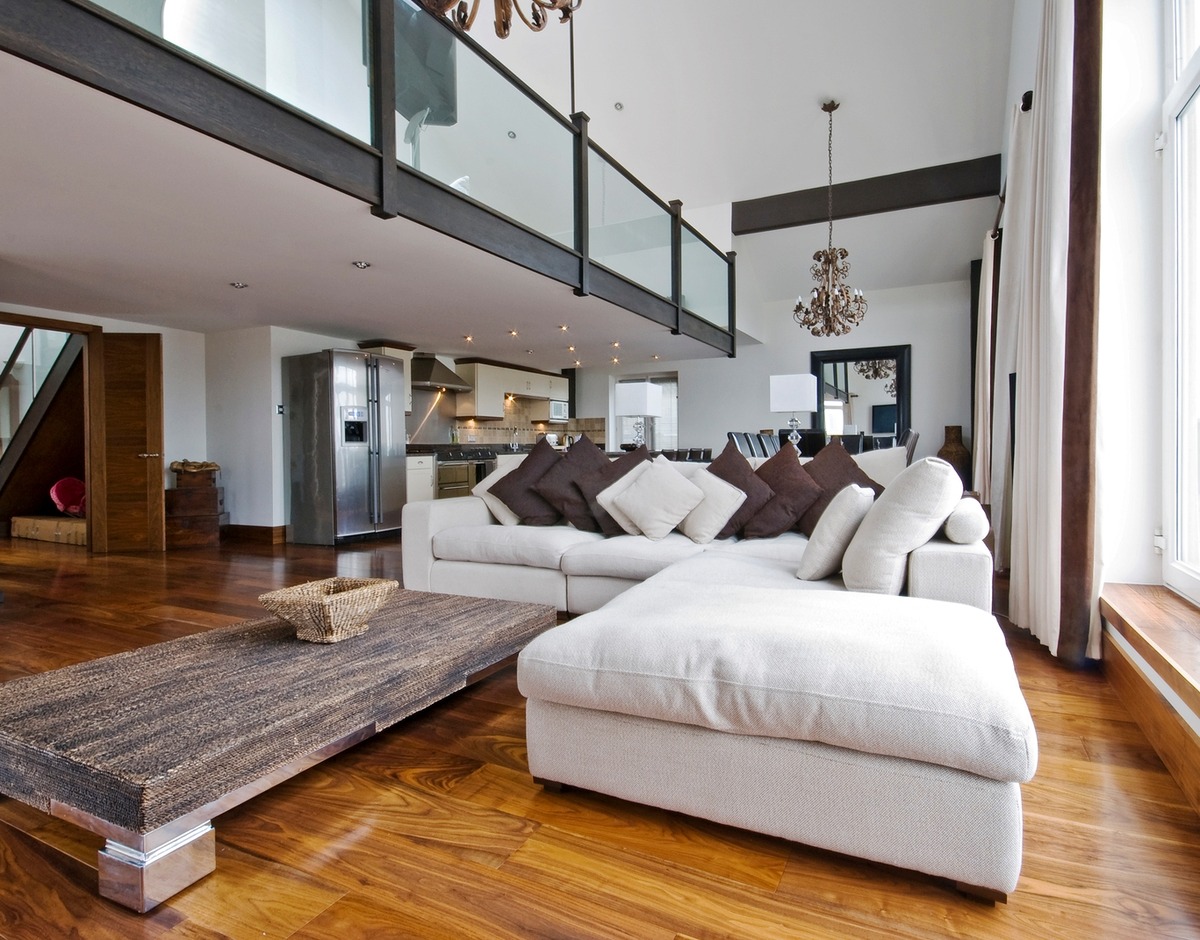

0 thoughts on “Small Room Ideas: 12 Best Decor Schemes For Small Rooms”